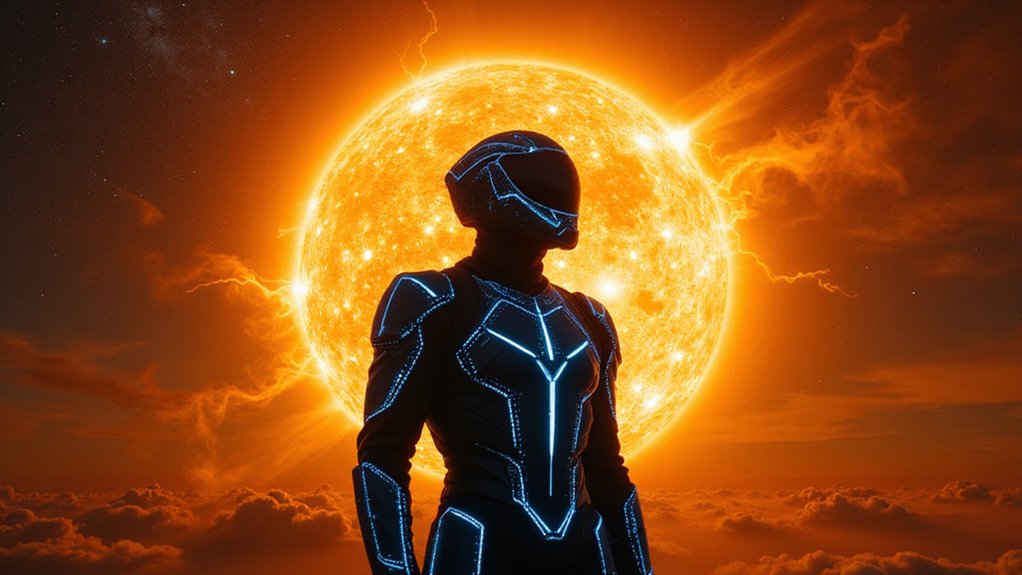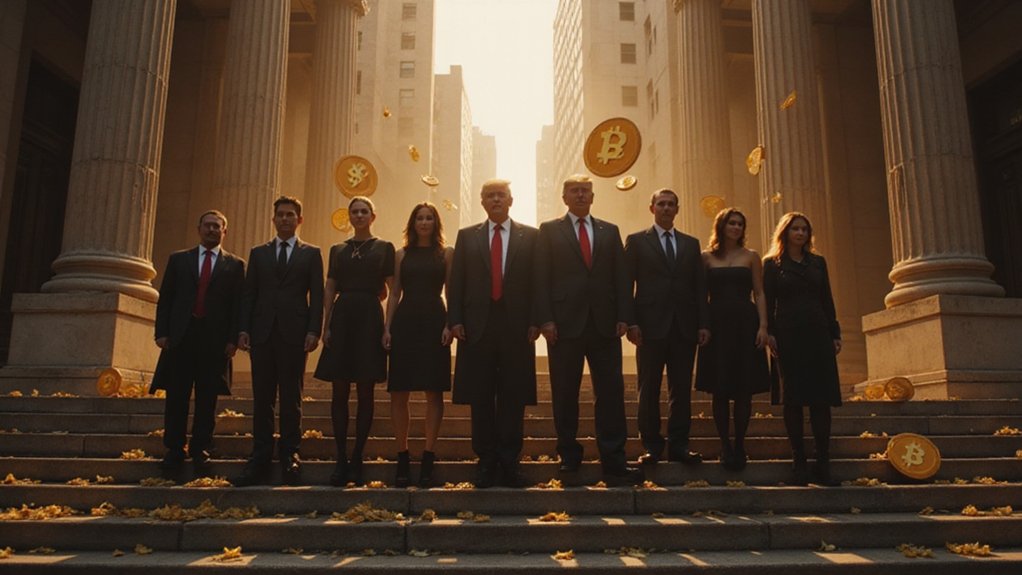Few blockchain projects have managed to generate as much simultaneous enthusiasm and skepticism as TRON, Justin Sun’s ambitious attempt to democratize the internet through decentralized content distribution. Launched in 2017 as an ERC-20 token before migrating to its own blockchain by 2018, TRON’s cosmic aspirations extend far beyond terrestrial digital transactions—though whether its technical architecture matches its grandiose marketing remains perpetually contentious.
The platform’s three-layer architecture (core, storage, and application) supports a Delegated Proof-of-Stake consensus mechanism where 27 super representatives validate transactions every six hours, earning 32 TRX tokens per block. This system theoretically processes 2,000 transactions per second with blocks generated every three seconds—impressive numbers that occasionally suffer from the inconvenient reality of actual network performance falling short of theoretical limits.¹
Theoretical blockchain performance promises consistently collide with the stubborn reality of actual network limitations—a cosmic gap between ambition and execution.
TRON’s resemblance to EOS.IO extends beyond architectural similarities to encompass minimal transaction fees designed to prevent DDoS attacks while maintaining accessibility. The internal resource model allocates bandwidth and energy to TRX holders, creating an ecosystem where content creators receive token incentives for sharing material—a noble goal that transforms TRX from mere cryptocurrency into what Sun envisions as the foundation for a decentralized entertainment economy. Beyond simple transactions, TRX serves multiple functions including network fees for various operations and staking rewards for network participants. For traders seeking to access TRX through IDR-based transactions, platforms like Indodax offer regulated cryptocurrency exchange services to millions of users across Southeast Asia.
Critics frequently observe that TRON traces Ethereum’s design principles without fundamental innovation, yet the platform’s compatibility with Ethereum development tools arguably represents strategic pragmatism rather than creative bankruptcy. The promise of cross-blockchain collaborations and support for decentralized games where players directly reward creators suggests ambitions that transcend simple blockchain replication. The BitTorrent acquisition in July 2018 demonstrated TRON’s commitment to integrating established peer-to-peer networks with blockchain technology.
Despite achieving millions of global users who trade, stake, and engage with TRX daily, TRON occupies a peculiar position in the cryptocurrency hierarchy—simultaneously celebrated for its accessibility and questioned for its originality. The platform’s developer-friendly approach, supporting smart contracts and DeFi applications through Google protocol buffers for data serialization, demonstrates technical competence even as skeptics wonder whether TRON’s cosmic journey represents genuine innovation or simply effective marketing wrapped around familiar blockchain concepts.
—
¹ A phenomenon commonly observed among blockchain projects with ambitious throughput claims.





